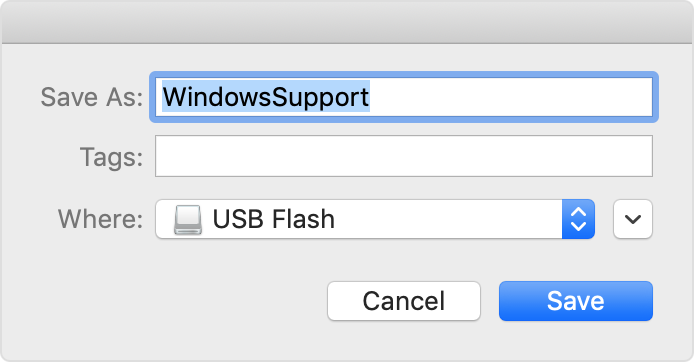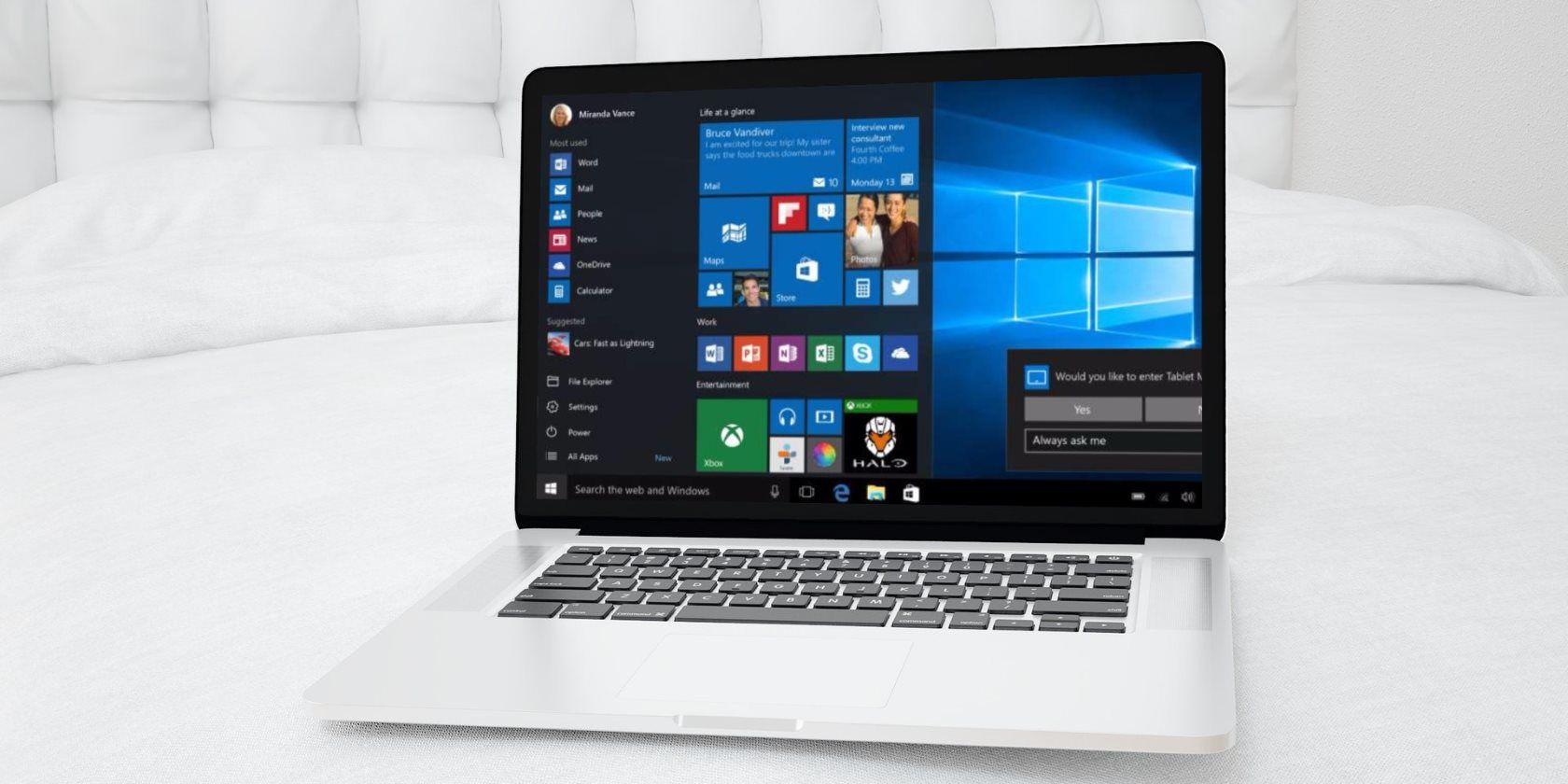
- #Usb for mac bootcamp how to
- #Usb for mac bootcamp mac os
- #Usb for mac bootcamp install
- #Usb for mac bootcamp drivers
- #Usb for mac bootcamp windows 10
No matter which method you prefer, be sure that you backup any important data on your USB drive, as the procedure of creating bootable USB will delete everything on it.
#Usb for mac bootcamp windows 10
These should be the easiest ways to create a Windows 10 bootable USB from ISO on Mac, without using Boot Camp Assistant. Step 2: With VMWare open, in the menu bar click Virtual Machine USB & Bluetooth and select the BOOTCAMP external SSD that you created earlier with Disk Utility in macOS.
#Usb for mac bootcamp install
#Usb for mac bootcamp mac os
UNetbootin is a free, open source utility that allows you to create bootable USB drives on Windows, Linux, and Mac OS X. Method 1: Create Windows 10 Bootable USB on Mac Using UNetbottin

#Usb for mac bootcamp how to
In this tutorial we’ll show you how to create Windows 10 bootable USB from ISO on Mac, by using the Terminal or third-party software like UNetbottin. When the USB is unplugged, and you reboot, your Mac is in factory state.How can I make a bootable Windows installation USB on Mac OS X? After upgrading to macOS Mojave, you may find that Boot Camp Assistant is no longer supported and thus creating a bootable USB turns out to be a little bit challenging. The whole idea of automate-eGPU EFI is to keep your system clean, no modified kexts. I do have a pure EFI workaround to remedy this but it needs more testing. Due to lack of time testing older AMD cards, v1.0.5 may not provide eGPU screen output from older generation AMD cards on macOS. FileVault and T2 chip systems are supported.
#Usb for mac bootcamp drivers
Nvidia web drivers need to be installed separately if you are using Maxwell or Pascal architecture cards (hopefully Turing drivers will be available soon).

Just hold down the Option key on startup and select "EFI Boot". You can copy-paste the EFI folder to a FAT32 formatted USB stick (use Disk Utility in macOS, Format: MS-DOS (FAT), Scheme: Master Boot Record, and named something else than "EFI") which works as all-in-one package for AMD/NVIDIA/macOS/Windows automation, including TB1 and TB2 Macs too. No GUI installer, no scripts, and all background processes which belonged to the hybrid side are now gone. This simplifies things so greatly that I decided to leave the whole installation process off. Please try startup.nsh EFI Shell approach instead described on my 2015 15" MacBook Pro Master Thread.įinally, automate-eGPU EFI has evolved to a point where it is no longer dependent on a codeless kext. This is firmware change so it will not work even if you try previous macOS versions. Debugged with the 2015 15" MBP and it returned "Access denied".

Page shortcut: | automate-egpu-efi automate-eGPU EFIĪs of Catalina, Apple has tightened EFI security of dGPU equipped MBPs and therefore gpu-power-prefs variable cannot be accessed from the EFI side.


 0 kommentar(er)
0 kommentar(er)
